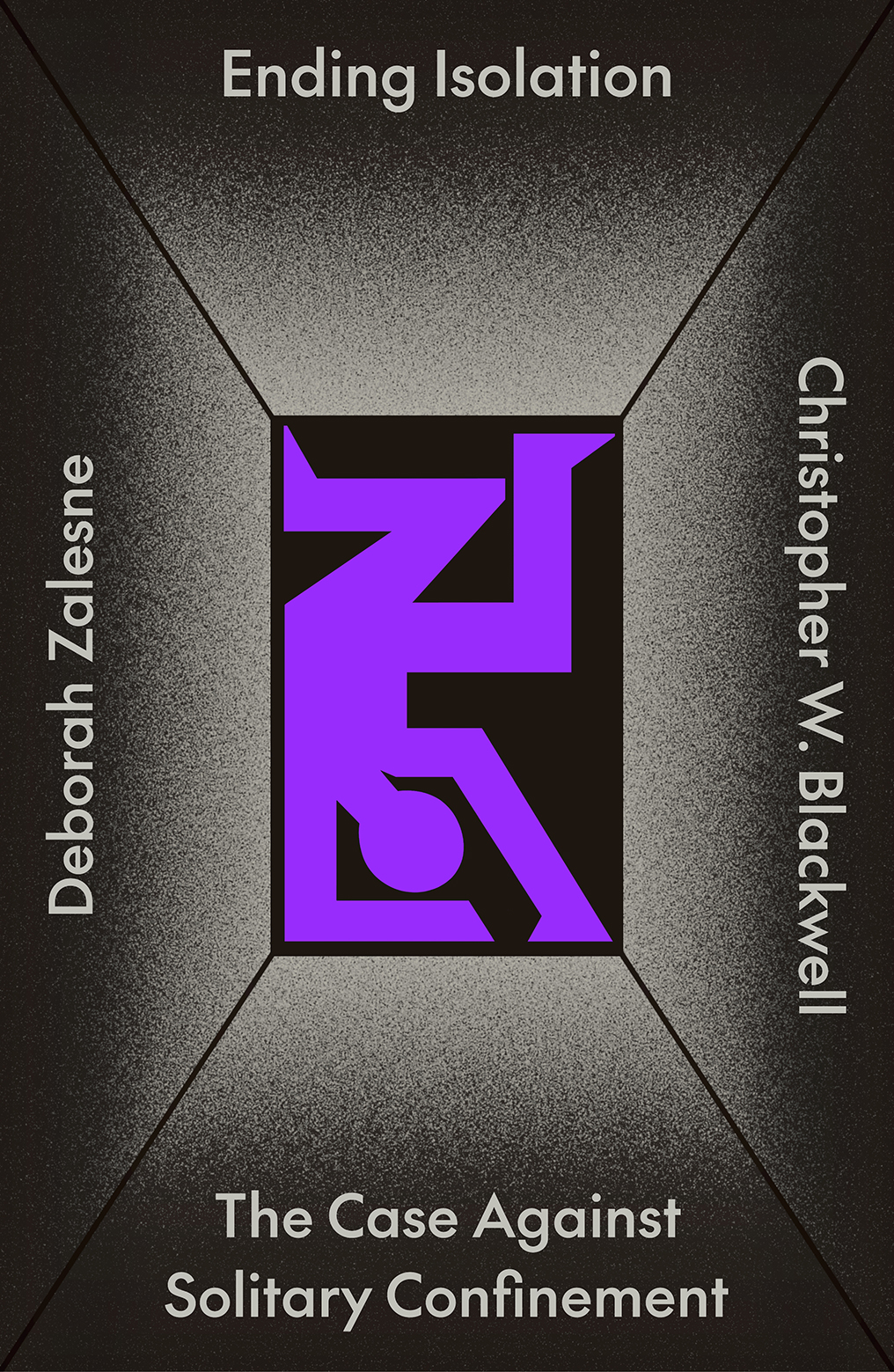Well into the 20th century, the use of solitary confinement continued to diminish. It was not until the 1980s, on the heels of an explosion of the prison population that began the previous decade, that the practice was once again widely implemented. As a 2024 report by the Sentencing Project explains, “The prison expansion that began in 1973 reached its peak in 2009, achieving a seven-fold increase over the intervening years.” The rapid expansion of the prison population since the 1970s can be explained by a confluence of several social conditions. The 1970s were the era of the “war on drugs,” a project of mass criminalization that included mandatory and longer sentencing, particularly impacting lower-income and Black people. Around the same time, as a result of the movement to de-institutionalize people with mental illness, mental health facilities started closing in large numbers—but community mental health clinics never received the resources those reformers had advocated for as an alternative, and adequate psychiatric care became widely unavailable. And with the concurrent emergence of the neoliberal policy paradigm, budgets for social welfare safety net programs were slashed and disadvantaged people found themselves lacking resources to stay afloat.
All of these factors, which reflected and fueled a general “tough on crime” mentality, led to the spike in the prison population, including an unprecedented number of people with serious mental illness. Even as new prisons were rapidly built to accommodate higher incarceration rates and longer sentences, most prisons were plagued by extreme overcrowding. Unlike in the early 19th century, when the need to fit a growing population into small spaces limited the use of enforced isolation, now the uptick in violence and psychiatric breakdowns that resulted from the unsanitary and dangerous conditions turned policymakers back toward the increased use of solitary confinement. To make matters worse, the 1970s and the 1980s saw a shift from a focus on rehabilitation to a focus on managerial controland punishment in prisons. The reduced emphasis on rehabilitation increased the violence—having a large number of idle men on a prison yard creates risky conditions, thereby further driving the trend toward the use of solitary.
As solitary confinement reemerged as a dominant practice, it also became more extreme in both duration and intensity. Beginning in 1972, prolonged solitary began to proliferate as a disciplinary measure with the construction of the “control unit” at the federal penitentiary at Marion in Illinois. A decade later, in 1983, after two prison guards were murdered, prison officials locked down the entirety of Marion indefinitely, instituting a rule requiring incarcerated people to isolate in their cells for 23 hours a day, with no communal yard time; it was the first instance of a supermax prison, an architectural structure—either a cell block or an entire prison—dedicated to solitary confinement, for supposedly the “worst of the worst.”
